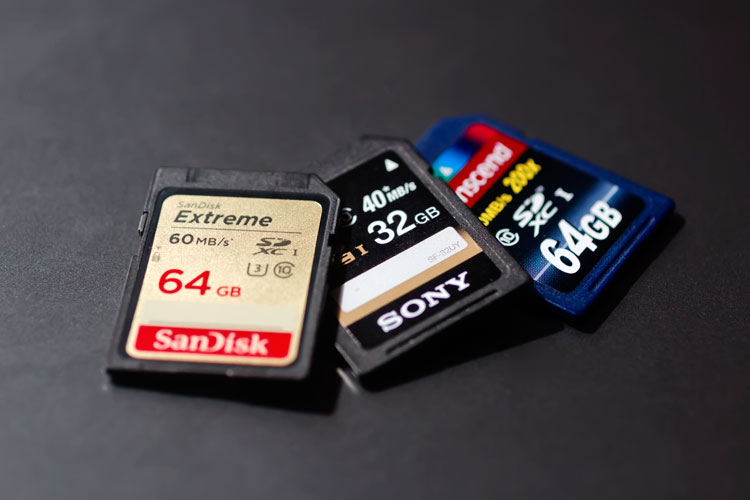We may earn a commission when you purchase through affiliate links. Learn more.
There are two important speeds to know when it comes to a memory card — the write speed and the read speed.
The write speed is how quickly the memory card can actually record data — when you’re taking a video or shooting bursts of photos in RAW, a higher write speed means that you won’t need to worry about the buffer filling up or video data being dropped. A memory card’s write speed is obviously important when you’re recording video which sends a constant stream of data to the memory card to be stored, but it’s very important for action photographers shooting bursts of still images as well.
Your camera might allow you to shoot 5 frames per second like the Canon 5DS R, but if your memory card can’t keep up with the data being sent to it, you might only be able to shoot 5 or 10 photos in a row before it slows down and forces you to wait for the data to be written to the SD memory card.
The read speed is how quickly data can be accessed from the memory card. This affects how long it takes you to download your photos to your computer. If you’re a press photographer on a deadline or simply a very impatient person, the read speed can be important to consider, but generally it’s not as important to photographers as the write speed.
The speed you see written on most memory cards like the 64 GB San Disk Extreme 60MB/s SDXC memory card pictured above is typically the read speed of the memory card, with the write speed being somewhat lower — in this case, 40MB/s. If you shoot subjects like landscapes or studio portraits that don’t require fast bursts of photos to capture, you won’t need to worry too much about the write speed of a memory card — most modern class 10 memory cards should be more than adequate, but if you shoot HD, 2K, or 4K video or fast action photo sequences, be sure to pay attention to the write speed of the memory card you’re buying to make sure it will meet your needs.

